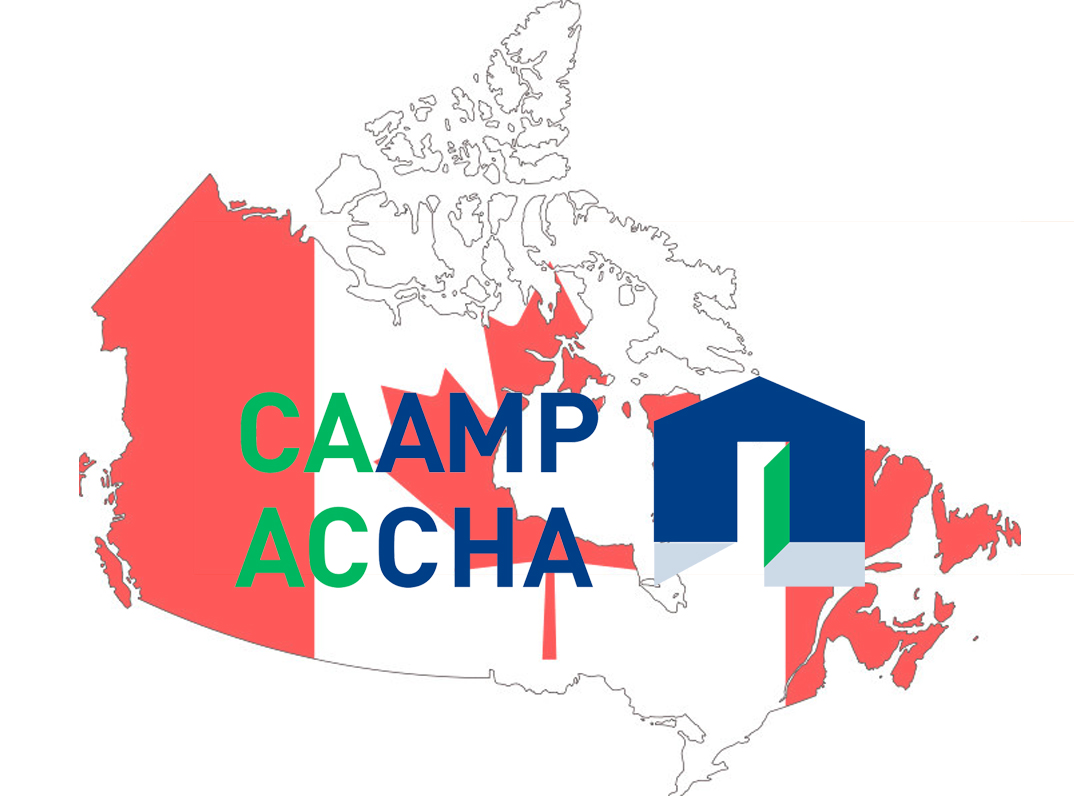The official first day of spring aside, there’s plenty of signs that spring is here; for example the weather. The weather is a favorite conversation piece for Canadian’s. Is it hot enough for you? Is it cold enough for you? Of course if you live in Ontario you can’t mention temperatures without referencing wind-chill factor or the humidex, it really feels like, (fill in the appropriate number). It’s a weather inferiority complex that people of Ontario suffer from. It always has to be colder or hotter, irrespective of where anyone else lives in Canada. Oh hell, the entire world. So I won’t go on about the temp’s but it does really feel like spring. Plenty of sunshine and some golf courses are opening up. Speaking of golf, you know spring is here once the Masters Golf tournament comes to an end. It’s always sign for me that in very short order I will get a chance to work on my ulcer and ask myself why I like to play this stupid game. Greatest book tittle I ever came across was, “Golf, A Good Walk Spoiled”. My spring internal radar is a little off given that the Toronto Maple Leafs are about to qualify for the NHL play-offs. The mind and body needs time to adjust to that shock because play-off hockey for the local team is foreign in these parts. But the surest sign that spring is here is the level of activity in our industry.
Try as big brother might, it’s hard to keep a good industry down. Sure, there’s been an impact because of the regulatory changes but you can tell by the recent vibrancy in the industry that we will all find a way to make things work. The “we” I’m referring to is the collective “we”. The activity levels, as well as the results, have picked up at MERIX. No magic reason why. It’s as simple as saying, “enough with the focusing on what we can’t control, and only focusing on what we can”. It’s amazing what happens when everyone starts to buy into that. Crutches and excuses are discarded, and the focus and conversations are squarely directed at solutions and innovation. That’s contagious, and everyone can feed off of that. Kudos to our communications department who came up with the MERIX 30 days of innovation. It’s a fun way to connect with our customers, the mortgage brokers, for 30 days in a row in the hopes that we can bring some ideas that may assist our customers. On Monday we launched our first video, and based on the feedback we’ve received already…I think we’re on the right track. In the event that you missed it, here’s the video. And here’s to a great spring market, and here’s bringing our attention to what we can control.
Until next time,
Cheers.
Read More Add a Comment Now that the first quarter is in the review mirror, for those companies on a calendar year, we can now do our analysis to determine if the previous ninety days is a harbinger of things to come for the remainder of the year. The experience, results, of the first ninety days of the year was difficult to label. Changes to the mortgage rules, consumer confidence and weather had to be factored when trying to determine if this was the “new norm”. Speaking to many of my industry colleagues, no one could say with any certainty that the most recent results are now the “new norm”. That was my stock answer when I was asked but I think hard data is providing clarity.
Now that the first quarter is in the review mirror, for those companies on a calendar year, we can now do our analysis to determine if the previous ninety days is a harbinger of things to come for the remainder of the year. The experience, results, of the first ninety days of the year was difficult to label. Changes to the mortgage rules, consumer confidence and weather had to be factored when trying to determine if this was the “new norm”. Speaking to many of my industry colleagues, no one could say with any certainty that the most recent results are now the “new norm”. That was my stock answer when I was asked but I think hard data is providing clarity.
There’s an old adage that I’m rather fund of, the numbers are what you are. Rationalization or any form of sugar coating does not change the numbers. The same holds true for the industry.
Here are some facts courtesy of the Canadian Real Estate Association:
So what do these stats mean? Firstly, the numbers above shouldn’t come as surprise to anyone who has been in this industry longer than it takes to have a cup of coffee. We all felt it in the first quarter but waited on data to provide the proverbial exclamation point. Also, angst and misery loves company. “Ah, it’s not just me”. No, it’s not just you but when you get beyond that you start dealing with the matters at hand. The numbers provide a road map for all of us. The housing inventory today suggest we’re in a balanced market, supply and demand. Too much supply leads to equity erosion, and too much demand leads to irrational values. The elimination of both is good for our respective business, and the market as whole. According to statistics new listings are down sixty per cent; concerning at face but extremely positive relative to values. Home owners are not dumping properties by slashing pricing. Employment is stable, cheap money is available, therefore, home owners are less inclined to have a fire sale. I think it’s clear that cheap money will be available well into 2014, and if the bottom doesn’t fallout to our economy, directly impacting employment rates, home values should remain stable.
Factoring in B.C. –
The national home price average looks different if you remove the BC numbers. Statistically B.C. impacts the national numbers positively and negatively given the median price in B.C. So the impact of the “new norm” will depend largely in part on what region of the country you do business in.
Changes to mortgagee rules were intended to slow things down. Mission accomplished. Now we all have to deal with the reality of the market place. Banks will continue to invest heavily in their propriety sales forces, meaning even more competition for mortgage brokers. First time home buyers were impacted the most by all the changes to mortgage rules, and as we all know the first time home buyer is the mortgage broker’s sweet spot. Consumer confidence is an issue, and all the negative chatter has had an impact. So, this is now the “new norm” – to that I say, “fine”. Adversity and challenges leads to collaboration. If you’re a mortgage broker reading this, your issues are my issues because my business depends on yours. By working together we’ll overcome the challenges, and we’ll get our respective share by taking it from others.
Until next time,
Cheers
Read More Add a CommentIt’s been five years since the last time I took part in the CAAMP strategy session, and over the next two days I’m at it again. The board is meeting in Niagara to chart the course for CAAMP for the next five years. It’s an important exercise to go through, and it’s an exercise that all the directors take seriously. The decisions that will be made over the next two days will reflect the wishes of the membership.
 There have been many changes in our industry over the last five years, and it only stands to reason that changes would apply to CAAMP as well. From my perspective the most profound change for CAAMP is their activism. Over the last five years CAAMP has become THE voice of the broker channel, and represents the interests of multiple constituents on a national level. CAAMP’s membership has made their wishes clear, government relations is recognized as the number one activity that CAAMP undertakes on their behalf. Can’t say with any certainty what the board will ultimately decide on over the next two days but I suspect government relations will be at the forefront. One of the other changes that I’ve noticed over the last five years is that there is less chatter that CAAMP dues are simply a cash grab. I don’t think it’s a case of not seeing the forest from the trees but I believe the majority of the membership has been able to join the dots. Paying dues means we have the ability to lobby government, which leads to protecting what’s in our member’s wallets, and to ensure sustainability for the long haul.
There have been many changes in our industry over the last five years, and it only stands to reason that changes would apply to CAAMP as well. From my perspective the most profound change for CAAMP is their activism. Over the last five years CAAMP has become THE voice of the broker channel, and represents the interests of multiple constituents on a national level. CAAMP’s membership has made their wishes clear, government relations is recognized as the number one activity that CAAMP undertakes on their behalf. Can’t say with any certainty what the board will ultimately decide on over the next two days but I suspect government relations will be at the forefront. One of the other changes that I’ve noticed over the last five years is that there is less chatter that CAAMP dues are simply a cash grab. I don’t think it’s a case of not seeing the forest from the trees but I believe the majority of the membership has been able to join the dots. Paying dues means we have the ability to lobby government, which leads to protecting what’s in our member’s wallets, and to ensure sustainability for the long haul.
The association has grown by leaps and bounds over the past five years, and it truly represents our industry in all regions of the country. Our preset Chair is from Manitoba, next year’s Chair is from Saskatchewan, and two years ago our Chair was from British Columbia. In my humble opinion CAAMP cannot be viewed as an Ontario based association only. CAAMP’s membership is in line with our countries population but geography alone does not dictate who will lead the association; ability does, and that’s the way it should be.
Until next time
Cheers
Read More Add a Comment
Any Plans For March Break?
 This is the time of year when Canadian families look to escape the winter blues by heading to warmer climates. Arizona and Florida are popular destinations, especially for snow birds. The state of Florida provides a lot of things for families to do. There’s Disney, Bush Gardens, the Cape, and going to open houses. What, you don’t think dragging your kids to open houses when you’re on vacation is normal? Hmm, must just be our family. We’re dragged our 11 year old to so many open houses over the years that he actually now provides feedback on the home we’ve just looked at. Kid you not the last time we were in Florida we took him to an open house, and on the way home I asked him what he thought of the house? His answer? “I really liked the footprint”; nearly brought a tear to my eye.
This is the time of year when Canadian families look to escape the winter blues by heading to warmer climates. Arizona and Florida are popular destinations, especially for snow birds. The state of Florida provides a lot of things for families to do. There’s Disney, Bush Gardens, the Cape, and going to open houses. What, you don’t think dragging your kids to open houses when you’re on vacation is normal? Hmm, must just be our family. We’re dragged our 11 year old to so many open houses over the years that he actually now provides feedback on the home we’ve just looked at. Kid you not the last time we were in Florida we took him to an open house, and on the way home I asked him what he thought of the house? His answer? “I really liked the footprint”; nearly brought a tear to my eye.
For past six months I’ve suggested that if you’re thinking of buying a second home in the Sunbelt you may want to do so sooner rather than later. Many Canadian’s are doing just that because there’s deals to be had however there’s no doubt that Florida market is showing signs of recovery, which means the insanely good deals will be a thing of the past. In the last six months I know of two families who have purchased properties in Florida. One family purchased a condo, a foreclosure, and another family purchased a single family detached home, a short-sale. In both cases the price they paid would make you shake your head. In both cases the two families could have purchased their homes on their credit cards, and still have room on their limit. Through sheer luck or astute analysis they purchased their home at the bottom of the market. According to the Florida Real Estate Association, one third of all home being purchased by foreign nationals in Florida are Canadians. The net result of all this activity? The average home price increased by 17.8% in 2012, and the time on the market has dropped to 63 days from 78. Credit is still fairly tight for American buyers so foreign nationals purchasing a home in Florida are making a significant contribution to the Florida real estate market. It’s estimated that 90% of Canadians buying homes in Florida are doing so with cash. No need for mortgages, dollar parity makes it a little more affordable for Canadians.
So if you’re heading down South for the March break you may want to set aside a day to have look at some real estate. After two or three days at Disney the little darlings owe you. But if you have to bribe them you can tell them you’re going to visit some friends, and if they’re not at home it’s okay if they jump on all the beds.
Until next time,
Cheers.
Read More Add a Comment
Much has been written and said about mortgage debt and affordability recently. No point in belaboring what has and has not been done to address this issue. I’m sure there will be plenty of that in the future, as well ample hang ringing about the so-called condo bubble, specifically in Vancouver and Toronto.
The so-called “condo crisis” (oh, how the mere thought of it makes the press salivate) in Vancouver and Toronto came to mind after I read an article in the Wall Street Journal. The article focused on the cost of condos in Manhattan. The current median price of a condo in Manhattan is the lowest it’s has been since 2004. Could Manhattan’s experience be a harbinger of what’s to come for Vancouver and Toronto? If it is then maybe the 36 people in Toronto who don’t own a condo already should go and get one.
According to the Canadian Real Estate Association, the average home price for the month of December in Toronto was $501,361, and in Vancouver it was $730, 912. Remember this includes dirt to go along with the walls. In Manhattan the average condo price in 2012 was $835,000. However, adjusted for inflation it was the lowest since 2004. Can you imagine the headlines if Toronto was similar to Manhattan’s reality? The median price in Manhattan for a 2 bedroom condo was $1.26 million, 3 bedroom was $2.37 million and a 4 bedroom was $4.75 million. Adjusted for inflation these are the lowest prices since 2004. According to the Wall Street Journal article there’s a disconnect between buyers and investment indicators. Buyers are saying there’s not enough affordable housing and yet when you take inflation into account prices have actually declined. So is it a good time to buy a condo in Manhattan? I’m not familiar with the Manhattan’s housing cycle so I’m not sure, but what I can say is this: at an average price of $2.37 million for a 3 bedroom condo in Manhattan, I think Toronto is a good buy.
Some might be aghast that I would compare Manhattan to Toronto. Well, Toronto is the 4th largest market between the US and Canada. Therefore, I think it’s valid to look at values on a comparative basis. That’s exactly what foreign investors did when buying property in Vancouver and Toronto. As absurd as we think our prices may be, the investor from Hong Kong looks at our market and thinks of great value. As we all know value is driven in large part by consumer perception. The perception of Vancouver and Toronto is that consumers buying condos are doing so at their own peril. Yet in Manhattan, home buyers lament the high cost and scarcity, all the while being told now is a good time to buy. It’s interesting how some things never change. Here’s a headline that helped shape New Yorkers perception of their condo market, “Great Scarcity in Apartments…Never before has there been such scarcity of apartments on Manhattan Island.” That headline came from the New York Times, in 1916!
Until Next Time
Cheers
Read More Add a Comment